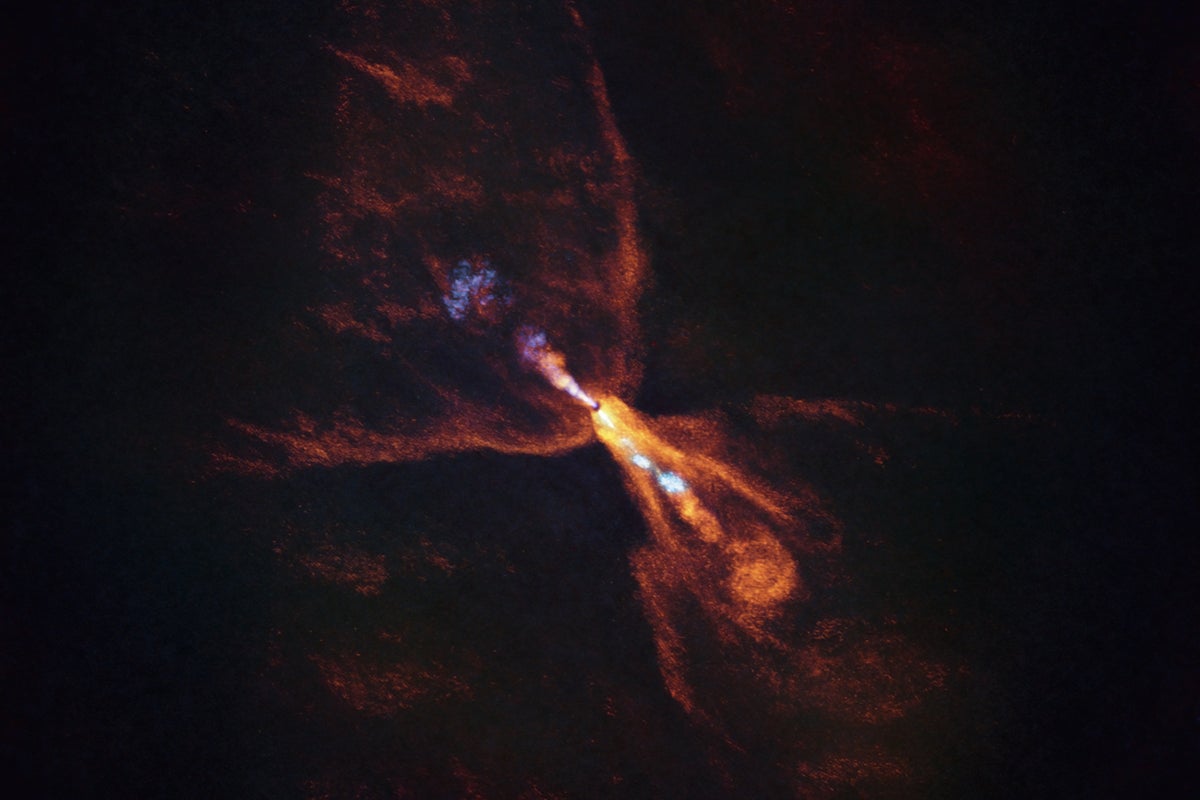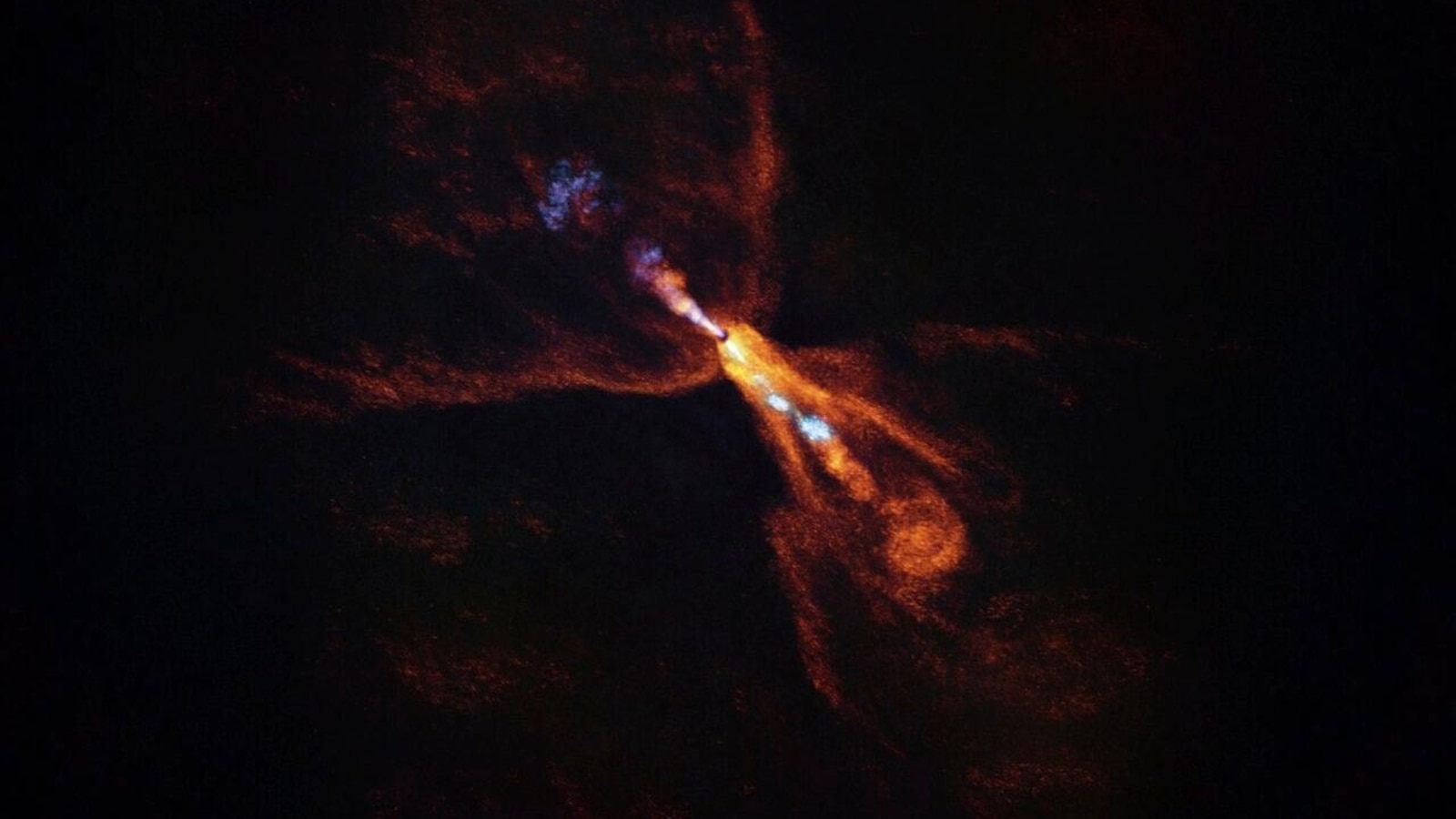Astronomers Capture Unprecedented Planet Formation Around Young Star HOPS-315
Astronomers have observed the early stages of rocky planet formation around the young star HOPS-315, providing insights into planetary system development.
Subscribe to unlock this story
We really don't like cutting you off, but you've reached your monthly limit. At just $5/month, subscriptions are how we keep this project going. Start your free 7-day trial today!
Get StartedHave an account? Sign in
Overview
- Astronomers from NASA and the European Southern Observatory have observed planet formation around the young star HOPS-315, located outside our solar system.
- This observation offers a unique glimpse into the early stages of planetary development, termed 'time zero' in the formation process.
- The study detected silicon monoxide gas and crystalline silicate minerals, believed to be the first solid materials formed in our solar system.
- Hot minerals condensing around HOPS-315 represent a phenomenon never before observed in other young stars, enhancing our understanding of planet formation.
- While the exact number of planets forming around HOPS-315 remains unknown, the findings suggest that planet formation is a common occurrence in the universe.
Report issue

Read both sides in 5 minutes each day
Analysis
Sources frame this astronomical discovery as an inherently awe-inspiring and
Articles (4)
Center (3)
FAQ
Observing planet formation around HOPS-315 provides the earliest known glimpse into the initiation of rocky planet formation outside our solar system, offering a unique analog to study the processes that likely occurred during the formation of our own solar system about 4.6 billion years ago.
Astronomers detected silicon monoxide gas and crystalline silicate minerals in the protoplanetary disk around HOPS-315, which are considered the first solid materials to form and key building blocks in planet formation.
HOPS-315 is located approximately 1,300 light-years away from Earth, situated in the L1630 molecular cloud region of the constellation Orion the Hunter, outside the better-known Orion Nebula star-forming region.
Observations were made using the James Webb Space Telescope (JWST) for infrared wavelengths and the Atacama Large Millimeter/submillimeter Array (ALMA) for radio wavelengths, enabling the detection of gas and mineral signatures indicative of early planet formation.
The detected minerals around HOPS-315 were found at a distance of about 2.2 astronomical units from the star, which is similar to the location of the asteroid belt in our solar system, suggesting a parallel in planetary system architecture during early formation stages.
History
- This story does not have any previous versions.


